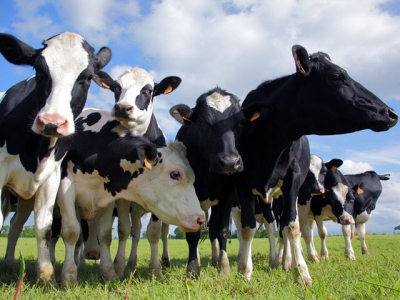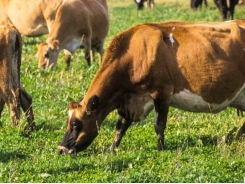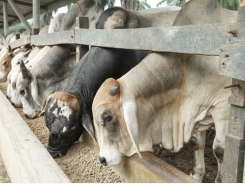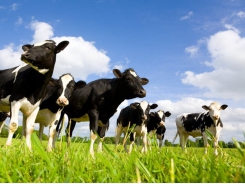Recent inbreeding in cows linked to greater depression

Research shows degree of inbreeding depression higher for dairy cattle with more recent ancestors versus multiple generations in the past.
Inbreeding may decrease the performance of cows, a phenomenon known as inbreeding depression, and now researchers at Wageningen University & Research (WUR) showed that, for dairy cows in the Netherlands, the degree of inbreeding depression is lower for “old inbreeding” (inbreeding on distant ancestors) than for “recent inbreeding” (inbreeding on recent ancestors).
This is probability the result of selection against deleterious alleles, the researchers, led by Harmen Doekes, said in an WUR announcement.
Inbreeding is the result of mating related animals. Animals are related when they share common ancestors, which can be recent ancestors (e.g., a grandparent) or more distant ancestors (e.g., a shared ancestor from eight generations ago), WUR explained. The higher the relatedness between two animals, the higher the inbreeding of their offspring.
Recent inbreeding
According to WUR, the study showed that the degree of inbreeding depression was higher for recent inbreeding than for older inbreeding.
For example, a 1% increase in inbreeding on ancestors from the first four to five ancestral generations was associated with a decrease in milk production of about 35 kg (for a 305-day lactation), whereas inbreeding on ancestors from longer ago had no clear effect, the researchers said.
This difference may be explained by selection, which decreases the frequency of deleterious alleles over time and, thereby, decreases the effect of old inbreeding, they added.
Reducing inbreeding rate
The findings of this study confirm that it is important to manage the inbreeding rate, the rate with which inbreeding increases, WUR said. This is because selection may counteract the negative effects of inbreeding, provided that inbreeding does not increase too quickly.
By managing the inbreeding rate, the amount of new inbreeding is also limited, the researchers concluded.
Related news
Tools

Phối trộn thức ăn chăn nuôi

Pha dung dịch thủy canh

Định mức cho tôm ăn

Phối trộn phân bón NPK

Xác định tỷ lệ tôm sống

Chuyển đổi đơn vị phân bón

Xác định công suất sục khí

Chuyển đổi đơn vị tôm

Tính diện tích nhà kính

Tính thể tích ao




 US: Low-quality forage prompts concerns about cattle, ruminant…
US: Low-quality forage prompts concerns about cattle, ruminant…  US methane reduction project sees $3m investment in…
US methane reduction project sees $3m investment in…